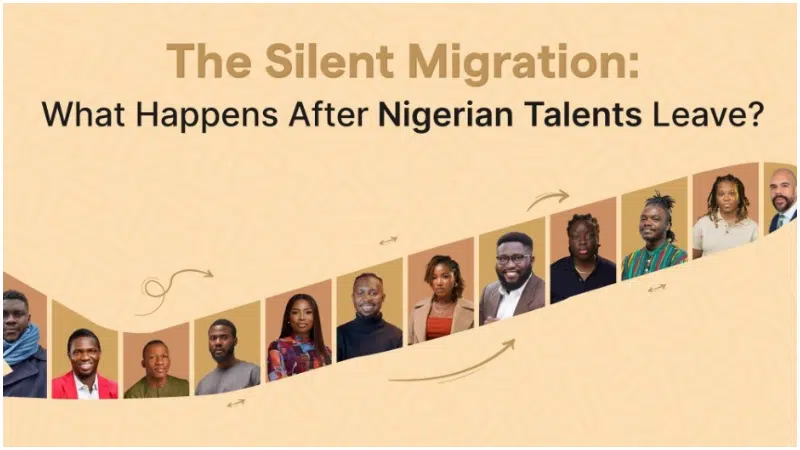In Rwanda, access to healthcare has historically been a geographical challenge. People — especially in rural areas — had to walk miles to get to the nearest clinic.
According to the World Health Organisation (WHO), in 2010, the average Rwandan had to walk nearly 95 minutes to reach the nearest health facility.
This limited access worsened health outcomes. WHO noted that some mothers had to walk for hours to deliver their babies. This is why the Rwandan government launched a national plan to ensure that every citizen is within 30 minutes or less of a healthcare centre.
As part of this strategy, the country committed to building second-generation health posts across all sectors and upgrading existing ones with services like maternity care, lab testing, and minor surgery.
By 2020, this approach cut the national average travel time nearly in half, from 95 to 47 minutes, according to the WHO. The government’s goal was to reduce that number further to under 25 minutes by 2024, especially for underserved rural communities.
While the Rwandan government has made good progress in reaching its goal, it needs new strategies to ensure that the average citizen is 25 minutes away from a healthcare facility. Beyond establishing more clinics, the government must ensure they are placed in precisely the right locations, where population density and infrastructure gaps align.
This is why the Rwandan government is using AI datasets to make the best decisions about building healthcare infrastructure. To help the government achieve this, Sand Technologies, an enterprise AI solutions company, is helping the government make the best use of this AI dataset.
Using AI to solve healthcare problems
At a recent roundtable hosted by Google Research Africa, Anisa Ragalo, Head of Data Science in Healthcare Innovation at Sand Technologies, shared how her team is helping Rwanda reach its goal by using Google’s Open Buildings dataset.
The dataset, which maps hundreds of millions of building footprints across Africa using machine learning and satellite imagery, has become the foundation of a powerful healthcare planning tool.
The tool combines building data, road networks, and health facility locations to produce visual geospatial maps that tell policymakers exactly which areas are underserved and which building clusters need investment.
“We’ve used the Open Buildings dataset to build a healthcare operating system for Rwanda’s Ministry of Health,” Ragalo explained. “It powers a health intelligence centre that shows, in granular detail, where people live in relation to health centres and what kind of facility each community actually needs.”
The tool showed a geospatial map with red and green bubbles representing buildings during a demonstration. Green bubbles indicated structures located within a 30-minute commute, while red bubbles highlighted underserved areas.
It also includes building density and height layers, which estimate population density to help determine where to place new clinics and the kind of facility each location needs.
“It’s no longer about saying, ‘Put a new clinic in this district,’” Ragalo explained. “We can identify pockets of need and design the right type of healthcare infrastructure for each.”
This tech-led planning aligns with Rwanda’s broader healthcare strategy. As outlined by the WHO.
“We wanted rich insights at the building level,” Ragalo noted. “Our health intelligence centre can now point precisely to the underserved, showing you who needs care and where.”
What is Google’s Open Buildings dataset?
Google’s Open Buildings dataset is a free, map-based resource that uses artificial intelligence to scan satellite imagery and trace the outlines of over 1.8 billion buildings across Africa and parts of Asia and Latin America.
Each building is represented as a polygon with size, shape, and a “confidence score” indicating detection accuracy.
Updated regularly, including data on building heights and construction changes over time, the dataset helps governments, NGOs, and developers identify where people live, even in unmapped or informal settlements. Its primary goal is to provide public health officials or urban planners with precise geographic data, enabling faster decisions about infrastructure, services, and humanitarian aid.
Lorna Ogolla, who leads Google Africa Research, also said the dataset makes open infrastructure data possible at scale.
Besides Sand Technologies, WorldPop and the African Field Epidemiology Network (AFENET), used the same dataset to identify nearly 78,000 children in Northern Nigeria who never received their first immunisation.
This was possible by revealing hidden settlements not marked on conventional maps. Overlaying Open Buildings data with clinic locations and travel-time models allowed teams to target underserved communities efficiently and reduce wasted outreach efforts.
Efforts like this show how AI’s influence on healthcare is different from people’s assumptions. The conversations are usually around futuristic tools, machines diagnosing illnesses, replacing doctors, or performing surgeries.
However, the reality on the ground is far more practical. Projects like Google’s Open Buildings dataset show that AI can improve healthcare in less sexy but impactful ways.
More African health tech startups can also leverage these datasets to improve their offerings. Instead of replacing doctors, this kind of AI is helping them reach the people who need care the most.









